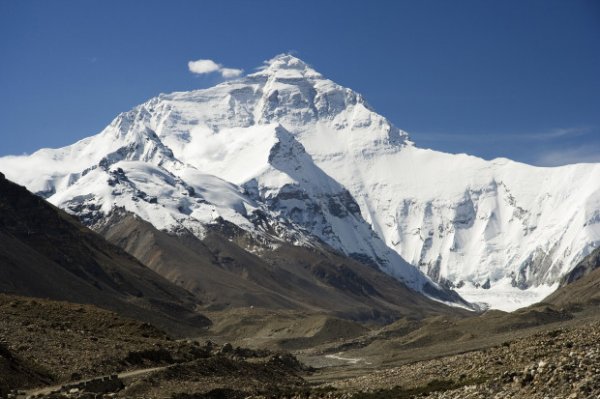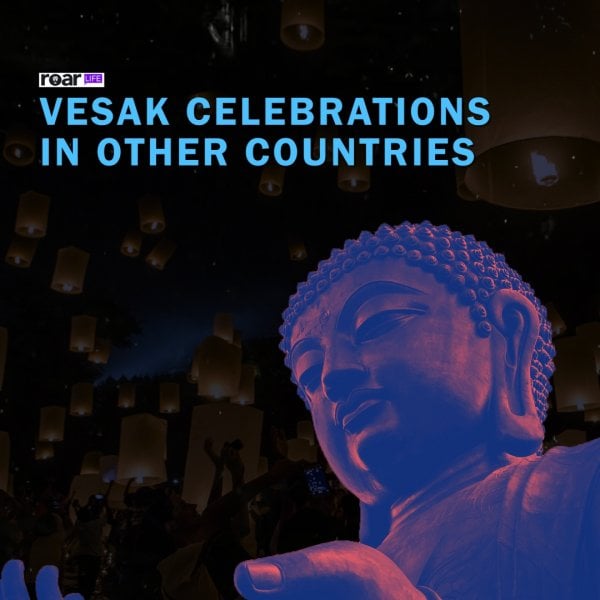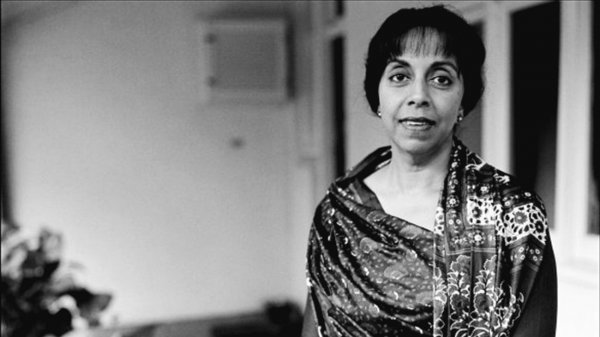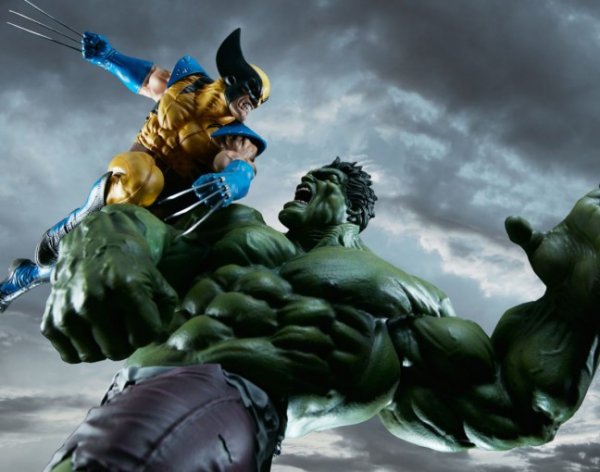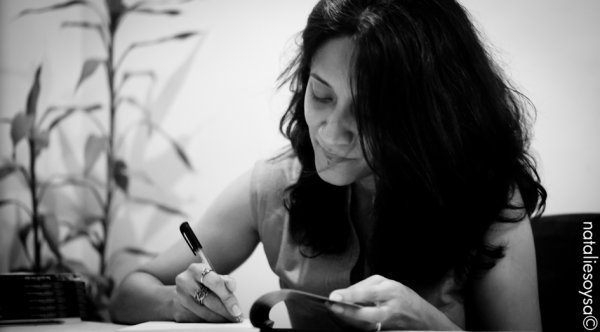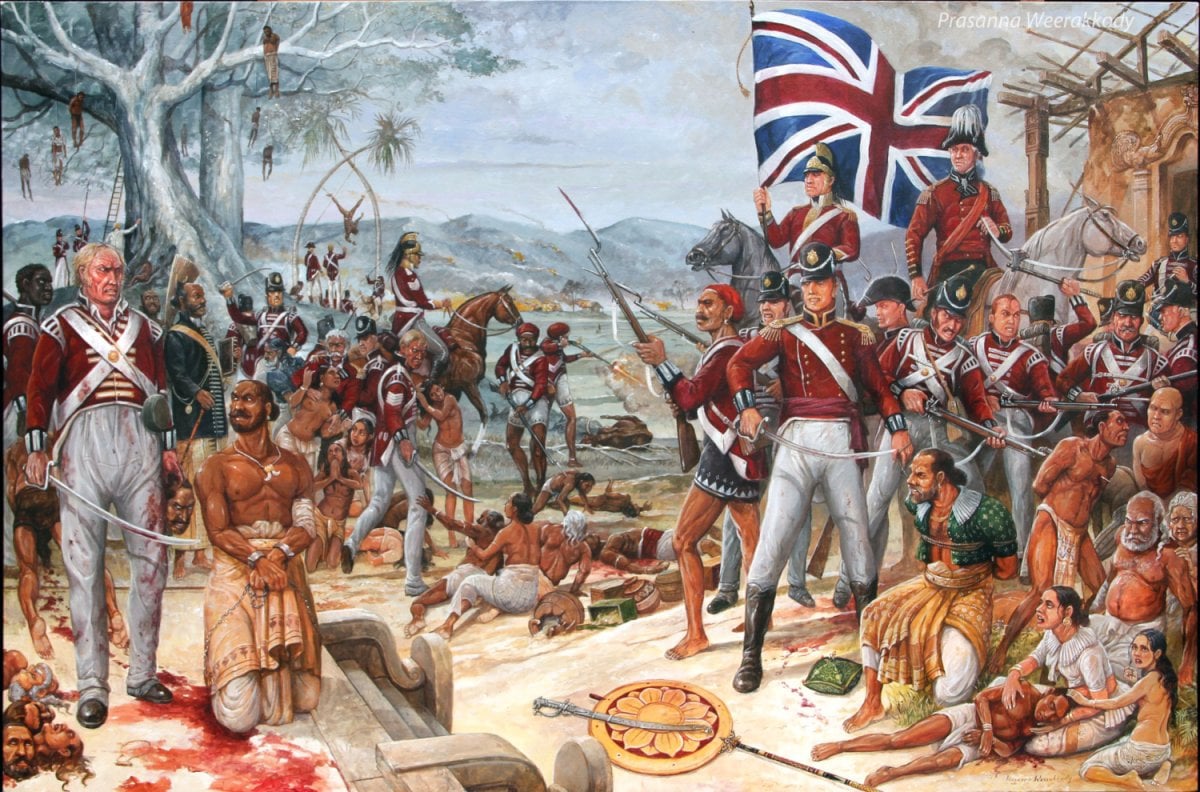
On entering Prasanna Weerakkody’s studio, all eyes are drawn to the walls. It’s a feast for the senses where various paintings compete for attention. Prasanna’s latest series of paintings, however, seem to win the battle: a larger than life three panel depiction of the Dutugemunu–Elara historic battle. Try picturing a 12.5 by 6.5ft canvas for a single panel. That’s almost the size of a wall, and that’s just one of the panels where Prasanna has painstakingly painted the prince on elephant back slaying King Elara, paying attention to all minute details including the texture of the elephants’ skin.
The next panel details rippling yodhayas (giants), as tall as elephants, marching menacingly. A closer look reveals that the painting is still incomplete. Prasanna has roughly marked out additions that need to be made to the painting. The sheer size, colour and detail would take hours to comprehend. Here is a masterpiece being created even while you read – a masterpiece based on Sri Lankan history and historic wars, stuff from old textbooks, brought to life in colour.

This is what Prasanna’s studio looks like upon entering. Pictured on the left is the ‘Desecration of Kelaniya Rajamaha Viharaya.’ The other two large paintings are the two panels on the Dutugemunu–Elara mural. It doesn’t end there. The inside rooms are also host to numerous paintings, including another giant mural of Sigiriya in its former glory. Click for the full view.
Matching the sheer size of some of his murals is the work he puts into his research. Pointing to yet another 12.5 by 6.5ft painting called the ‘Desecration of Kelaniya Rajamaha Viharaya by the Portuguese,’ he explained that it took him four years to complete the painting, including research into every little detail of the painting. Everything from the clothes to the jewellery to the flags and banners, the armour and weapons, the buildings and, of course, the historical accuracy of the event.
Prasanna notes that most historians don’t study the visual aspect of history – and that’s precisely what he sets out to do by recreating history on a canvas. He points to his painting of the last king of Sri Lanka, King Sri Wickrama Rajasinghe and explains that he found the description of the King’s armour in a British auction catalogue. After King Sri Wickrama Rajasinghe was captured and the royal palace was looted, the stolen treasures were auctioned in 1820 in London. The auction catalogue had detailed descriptions of the last known royal armour of the Sinhalese and notes that it was made of pure gold and ornamented with precious gems – but this description is the only thing that survives, apart from a sketch of the armour by another artist. The armour itself, Prasanna explains, was auctioned off and melted for the gold: yet another example of our lost heritage which he tries to preserve and recapture in his paintings.
Here’s Prasanna’s take on a few historical events and people:

1818 Killing Fields – Ceylon. A mural based on the suppression of the Uwa rebellion by the British troops.

Kotiyagala Warrior – Based on the warrior figure with a large head-dress in the temple paintings at Myilla/Kotiyagala. 5th – 7th century, Anuradhapura Kingdom.

A reconstruction of the gold armour of the last King of Kandy, King Sri Wickrama Rajasinghe, which was looted by the British and auctioned in 1820.

The Great Siege of Colombo Fort. During the 16th century, forces of King Rajasinghe I lay siege and storm the Portuguese Fort in Colombo.

The Desecration of Kelaniya Viharaya by the Portuguese. Note the formidable looking conquistador on the left and the details of the dead and dying.
Coming from an artistically inclined family, Prasanna’s interest in art began as a natural result of his environment. Today, you can find some of Prasanna’s paintings in private collections, at the Bandaranaike International Airport, at the Defence Ministry and the Sri Lanka High Commission in New Delhi, India. Check out his Facebook page and website for more fantastic paintings of our ancient and often turbulent history.


